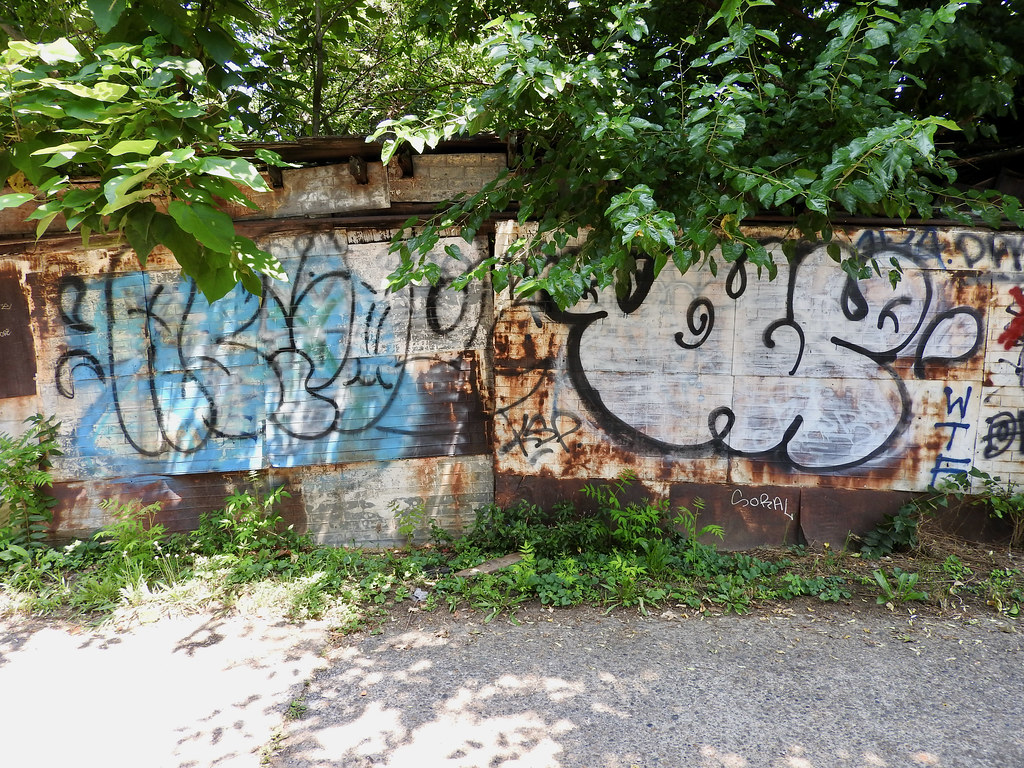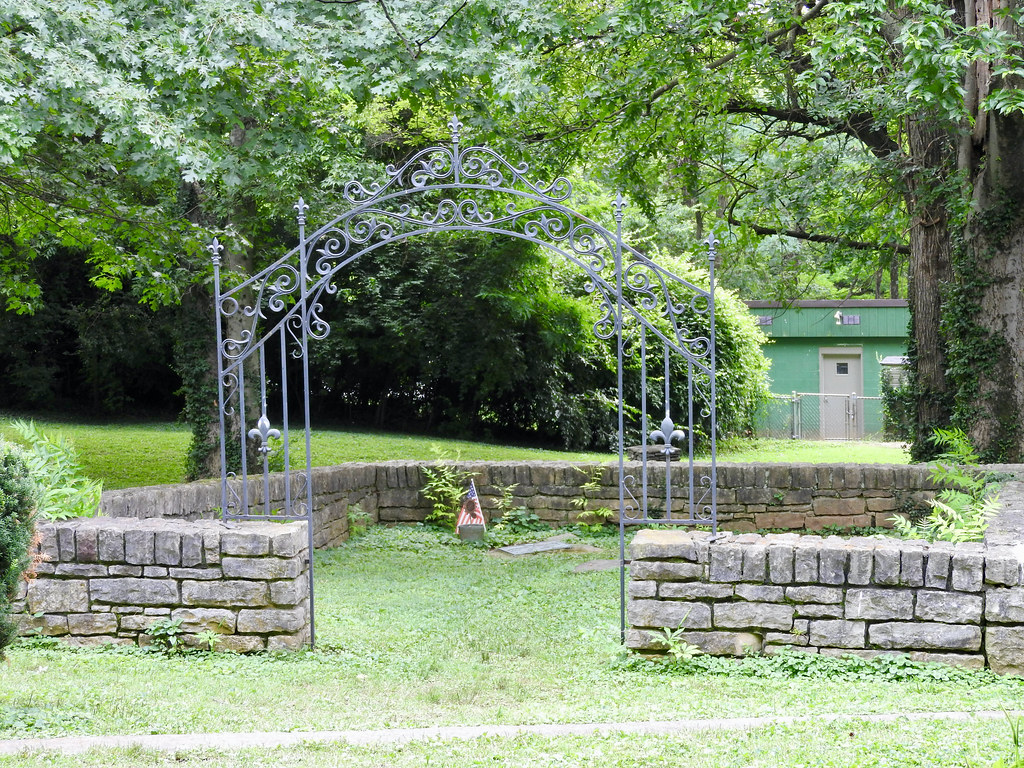We finally arrived in Louisville after a couple days of driving and wandering. I’ll start by saying that it’s impossible to cover an entire city in a week. So we focused on one tiny corner and barely scratched the surface. I wouldn’t consider this a comprehensive guide, more like a few simple observations and a checklist to help me focus when I return.
New Louisville
New Louisville? What happened to the old Louisville? Well, like many cities, a lot of people left for the suburbs in the second half of the Twentieth Century. Now some are returning to downtown areas, sparking a resurgence and a revitalization. They created a portmanteau of “New” and “Louisville” to describe their geographic focus, becoming NuLu.
However it’s not completely without controversy. Gentrification and affluence also displaced much of a long-resident minority population.
History Meets Revival

NuLu, the term, is more of a modern contrivance than historical designation (kind of like “Inner Banks” from my North Carolina trip). Naturally, neighborhoods existed on this eastern side of downtown long before some marketeer came up with a trendy-sounding name. So NuLu had something of an amorphous boundary, overlapping with portions of existing Butchertown and Phoenix Hill. I loved walking along the quaint streets with their lovingly restored residences.
Residual Urban Edge

We stayed in Phoenix Hill, either on the edge of NuLu or just outside of it depending on definition. I wanted to be within walking distance to everything. So we chose a great spot for that. Yet, the old continues to blend with the new here, and we understood that ahead of time.
Some reviews of the home we rented for the week described the neighborhood as “gritty.” Well, sure, a graffiti wall greeted us across the alley from one set of window. But it didn’t bother me and we took the same common-sense steps we’d take in any city. No different than urban areas back home. Just understand that it’s a city and respect it accordingly. Pretty simple.
Idlewild Butterfly Farm and Insectarium

I’m not sure a butterfly farm would make many tourist itineraries. However, I don’t travel like most people and I have an older son working on a university degree in entomology. So the two of us headed south about a mile to the Shelby Park neighborhood. There we entered the Idlewild Butterfly Farm and Insectarium (map). As they explained on their website,
“We are a working farm – we just have tiny livestock! From butterflies and bees to beneficial insects for biological pest control, the entomologists at Idlewild Butterfly Farm have been rearing insects since 2009 and open to the public since 2015.”
Yes, tiny livestock indeed. It didn’t take a lot of time to tour the entire facility, although my son loved it. And I guess anyone who enjoys butterflies and related critters would love it too.
Louisville Zoo

Actually my older son hopes to obtain a double-major, with a second degree in zoology. Thus we travel to a lot of zoos as many 12MC readers already know. So why did I feature the photo of a cemetery instead of some cute, cuddly animal? Because the Louisville Zoo has a cemetery in the middle of it (map). We had animals for the kid and an oddity for me. We both found something interesting.
They don’t try to deny the existence of this seeming contradiction either. In fact, the official zoo map clearly notes an “historic cemetery” within the African wildlife area. That’s how I learned about it. Even so, they kind-of hide it in plain site. Prospective visitors need to poke around in the general area to find it. No signage points the way from what I could tell.
A marker identified it as the Phillips – Durrett – Clark Cemetery, with burials taking place through the middle of the 19th Century. The Zoo didn’t arrive until a century later. Amazingly they respected this small family plot and didn’t dig it up or pave it over.
Louisville Mega Cavern

The zoo held another secret, a vast hollow space beneath most of it. Miners quarried a huge limestone deposit under the city starting in the 1930’s and they didn’t stop until the 1970’s. This created a massive void of at least a hundred acres and miles of tunnels. Later owners converted portions of the space into a climate-controlled commercial storage facility where the temperature stayed constant all year long. Kentucky classified it as the state’s largest “building.”
Entrepreneurs also created an attraction called the Louisville Mega Cavern. Activities ranged from sedate to extreme. We skipped right past the passive stuff like a walking tour and went straight towards the adventurous end. So we found ourselves on Mega Zips, a two-hour guided zip line odyssey set deep within the cave.
It didn’t rival the world’s longest zip lines. But it did claim another title: the world’s longest underground zip lines. Successive lines crossed huge chasms with 90-foot ceilings in dimly-lit parts of the cavern. I can’t vouch for the rest of the activities but the zip lines more than impressed us.
I wish I had photos of the lines. Unfortunately we couldn’t bring anything with us in our pockets. If something fell into the darkened void it would disappear forever. So you’ll have to be content with a picture of the ropes course at the entrance that doesn’t really do the full attraction justice.
Cave Hill Cemetery
Now a special tip of the keyboard to @thegreatzo. He offered a few places I should visit after I tweeted a plea for ideas. It looked like I’d needed to head to another cemetery based on his suggestion. The path led to one of the oldest, largest, most renowned burial grounds in the entire city, the Cave Hill Cemetery.
Colonel Harland Sanders

How could I not stop by and see the final resting place of Colonel Harland Sanders? Seriously. This purveyor of Kentucky Fried Chicken earned fame and adulation around the world. He still adorns the KFC company logo with his little white goatee and his dapper black string tie. I saw his iconic image in Japan once; certainly I could pay my respects in Kentucky.
Was he really a colonel? Well, he was a Kentucky Colonel. That’s an honorific bestowed by the governor of the state. It doesn’t imply military service although Col. Sanders actually did serve in the military. Not as a colonel but as a young enlisted man in 1906-1907. But I think it was the chicken got him that title, not his brief time in the Army.
Muhammad Ali

Also I stopped by to honor Muhammad Ali, the original “Greatest of All Time.” Actually I didn’t know he came from Louisville. I’m not sure how I got this knowledge gap because I think everybody else knew it. The city sure celebrated him in a lot of different ways, though. A major road, Muhammad Ali Boulevard, crossed through five miles of downtown (and a block away from where we stayed). They named the airport for him in 2019. And let’s not forget about the Muhammad Ali Center either. So he continues to have a major presence here.
Cave Hill Cemetery provided a final resting spot for many of Louisville’s notables. Of course Sanders and Ali stood above the rest. I guess a lot of people came here just for those two because the cemetery painted colored stripes on the asphalt to guide them. Follow the yellow stripe to Colonel Sanders and the green stripe to Muhammad Ali.
Articles in the Ohio River Series
- Orientation
- Portsmouth
- Onward Towards Louisville
- Exploring Louisville
- Brewery Cluster
- The Big Four
- Corydon Loop
- Ark Loop
- Evansville Loop
- Heading Back Upstream
- Marietta
See Also: The Complete Photo Album on Flickr

Leave a Reply